SPACES
Artificial Botany .interactive connects Artificial Botany's GAN research with the new element of interaction. Through first-person participation, this possibility clarifies the internal mechanisms of image generation and enables the public to develop a new physical sensibility by freely exploring the space of representation within the system.

MAPS
The latent space of a GAN is a 512-dimensional space. Each point in this space corresponds to a different image that can be generated by the system. Moving closer to the center, the images approximate an average of the possible images and become more representative of the starting dataset. Conversely, moving further away from the center leads to more extreme images, less frequent in the dataset. This representation is optimal for the neural network but difficult for humans to view and navigate, making the system opaque and difficult to interface with.

The missing element is a map that allows for orientation. By retaining the fundamental idea of space exploration and placing it in a three-dimensional space, it is possible to make this abstraction accessible to human interaction. Moving horizontally or vertically, the public can scroll through many iterations of the images generated by the system, speeding up or slowing down the flow until they stop at a particular image. Approaching the screen brings the user closer to the center of the latent space, while moving away navigates towards its edges until we stray into abstract images losing their connotative features. 
HANDS
To direct this navigation, hand movements were chosen as the interface, as it is one of the most natural for a human being.
A Leap Motion sensor equipped with two infrared cameras recognizes the position and movements of the hands and fingers. This data is processed by an application in Unity and sent to the main software that generates the images, constantly updating its parameters.
The almost tactile manipulation and continuous visual feedback allows for the development an immediate physical sensitivity to the system and a more empathic relationship with the tool. 
